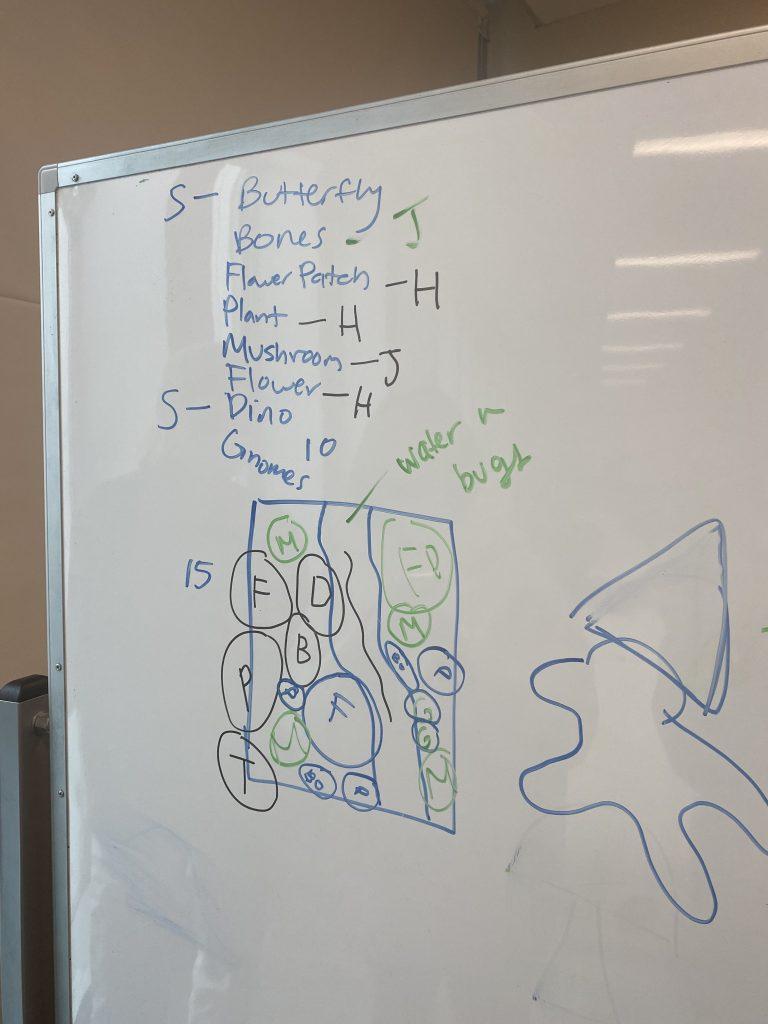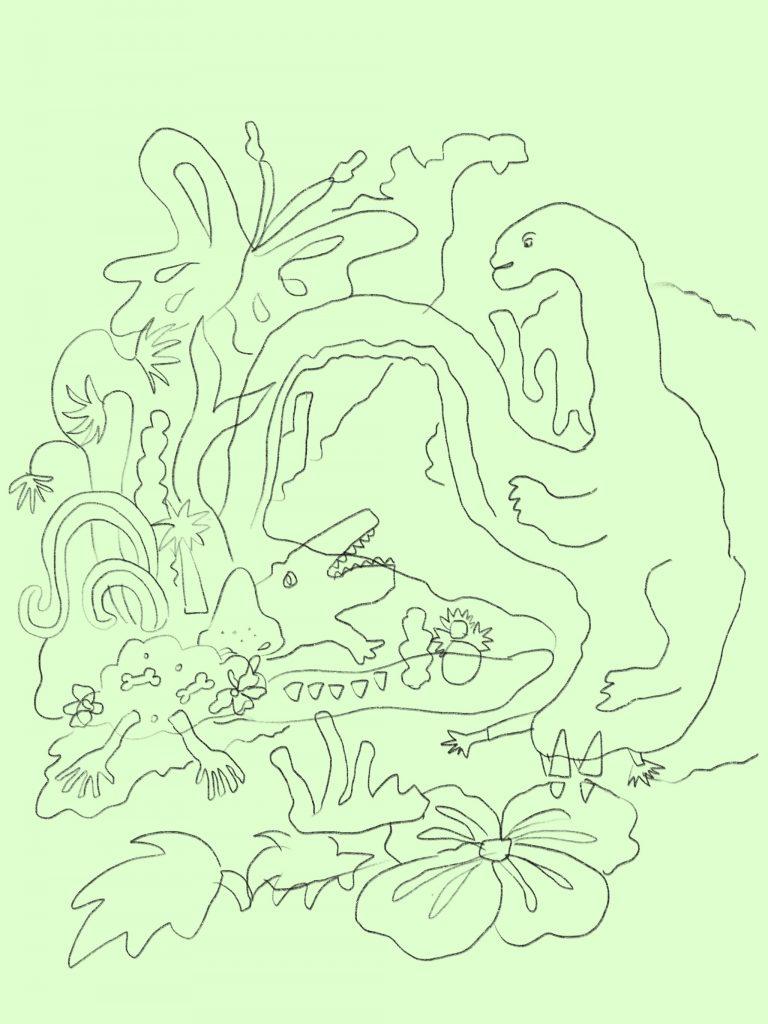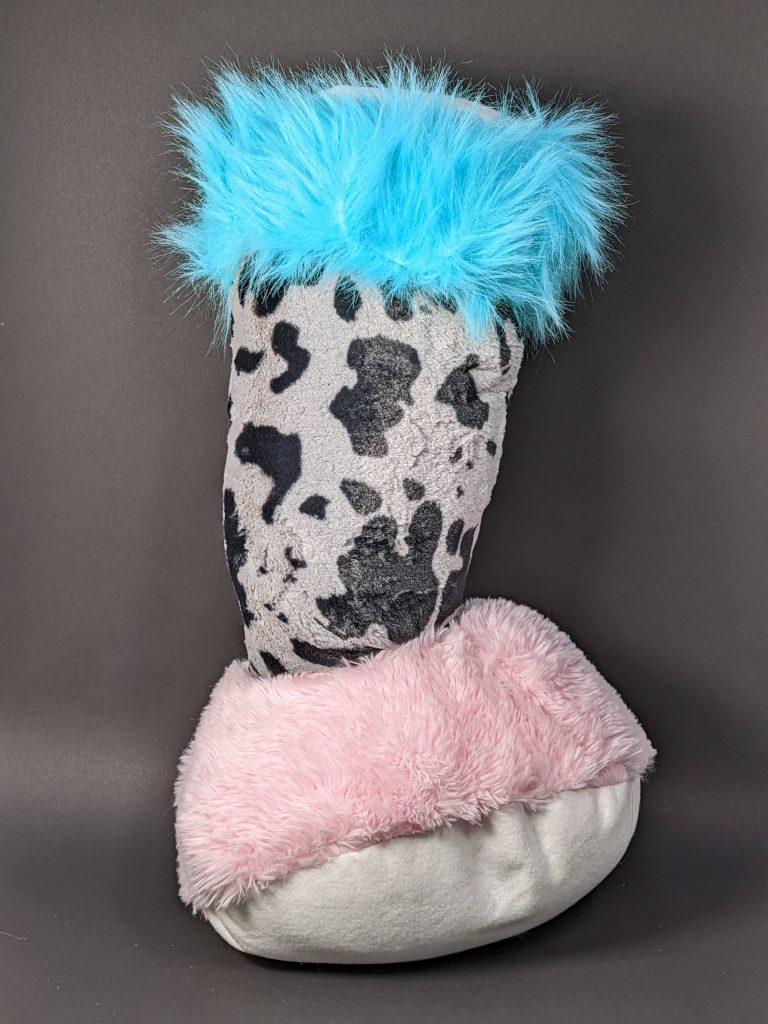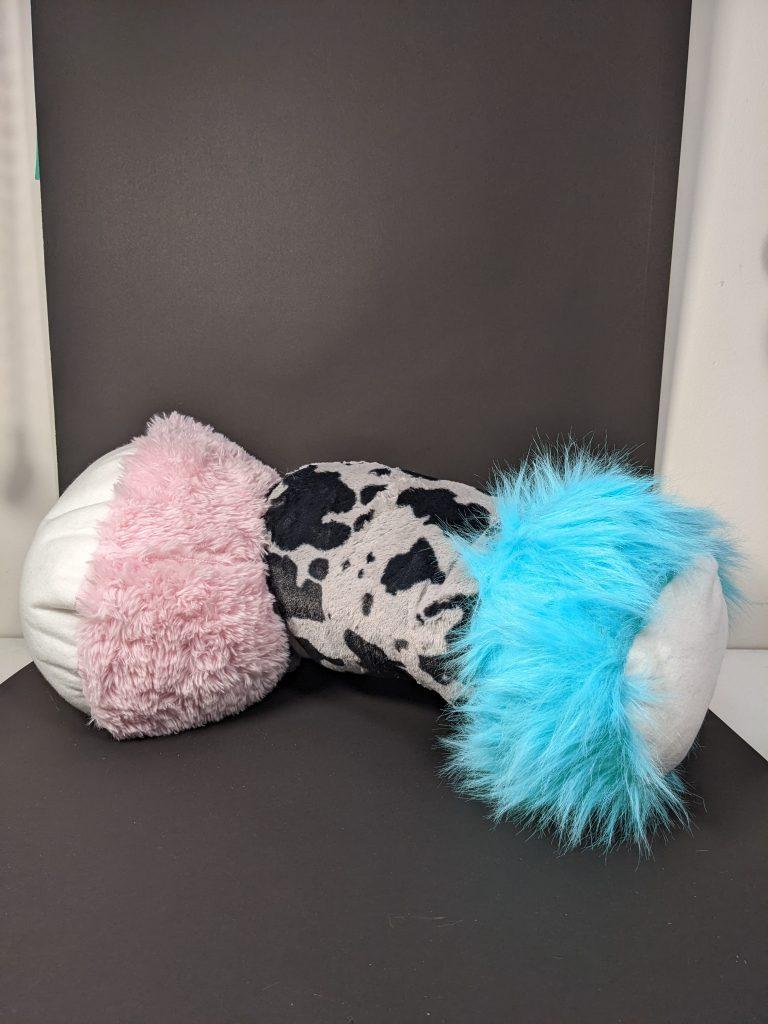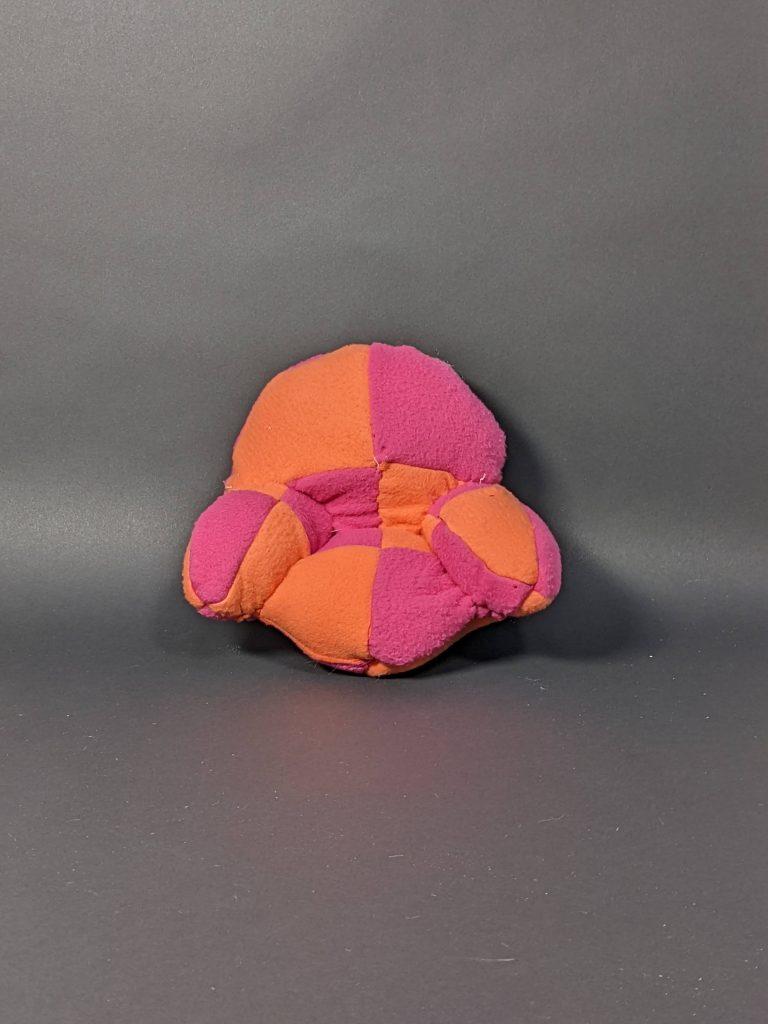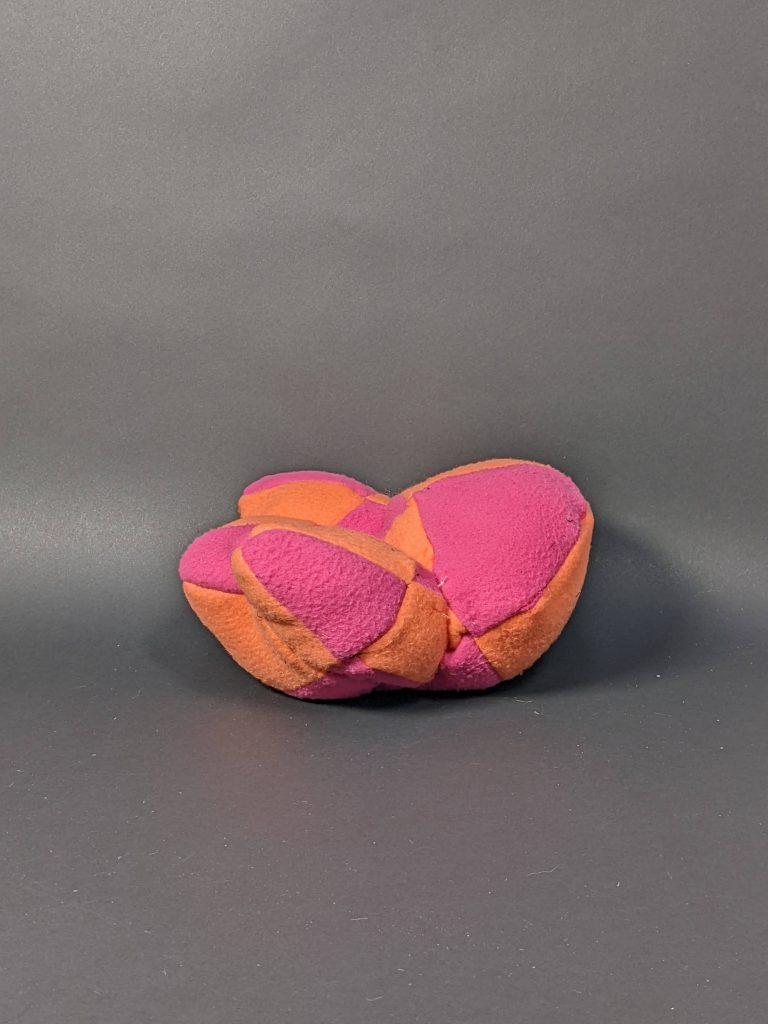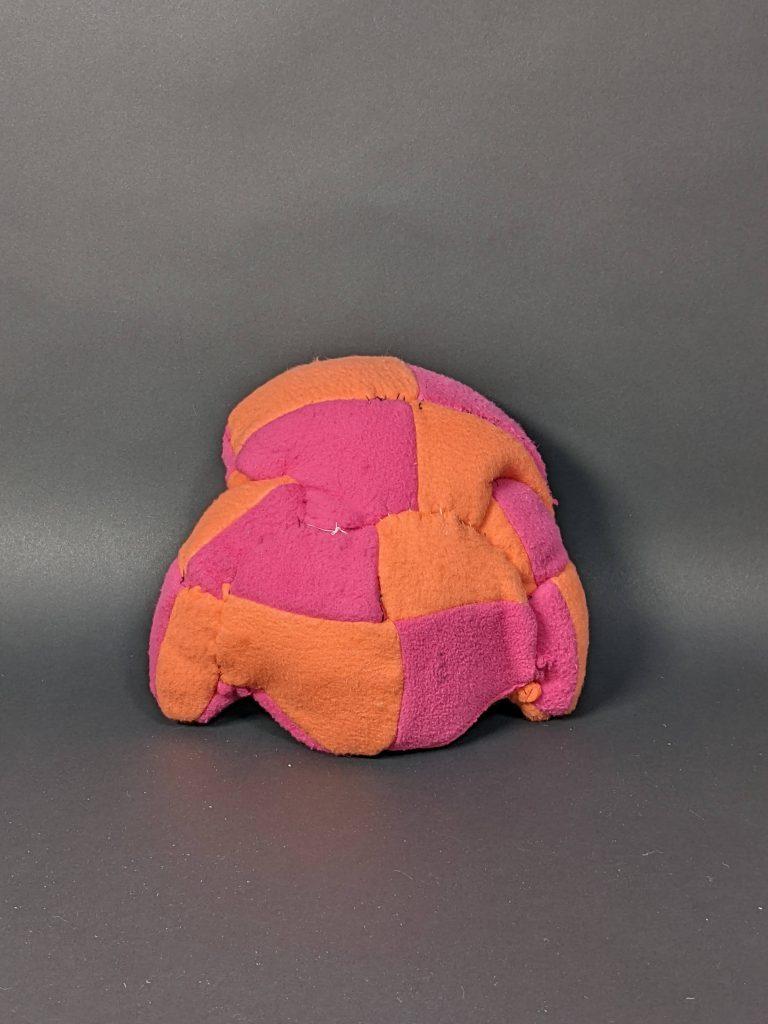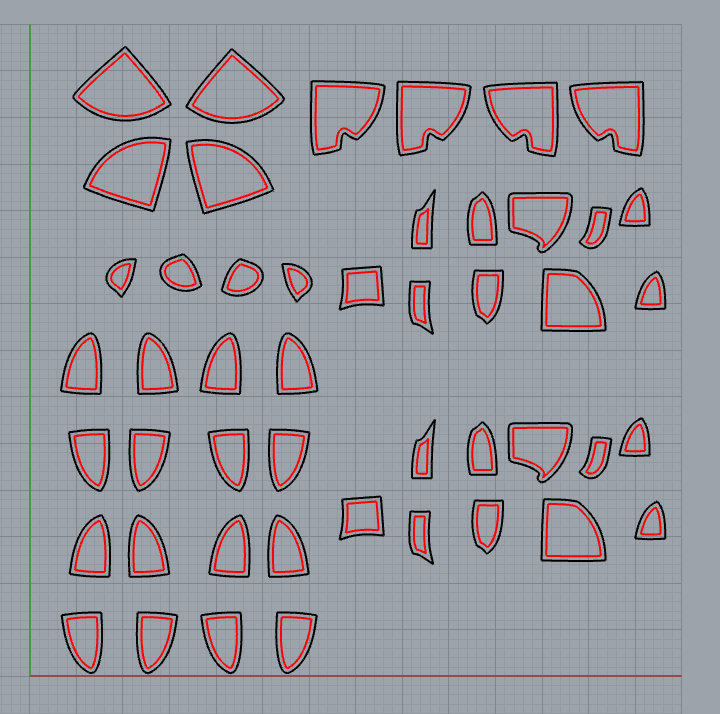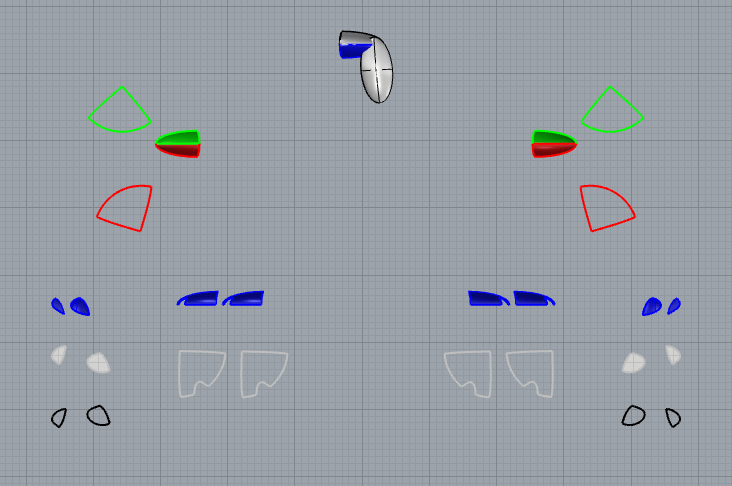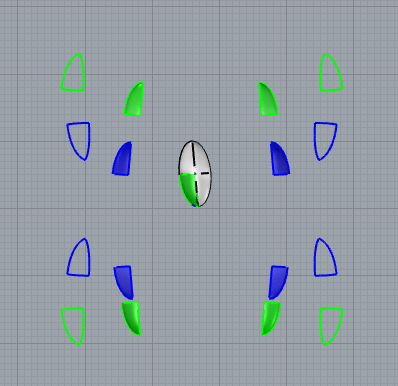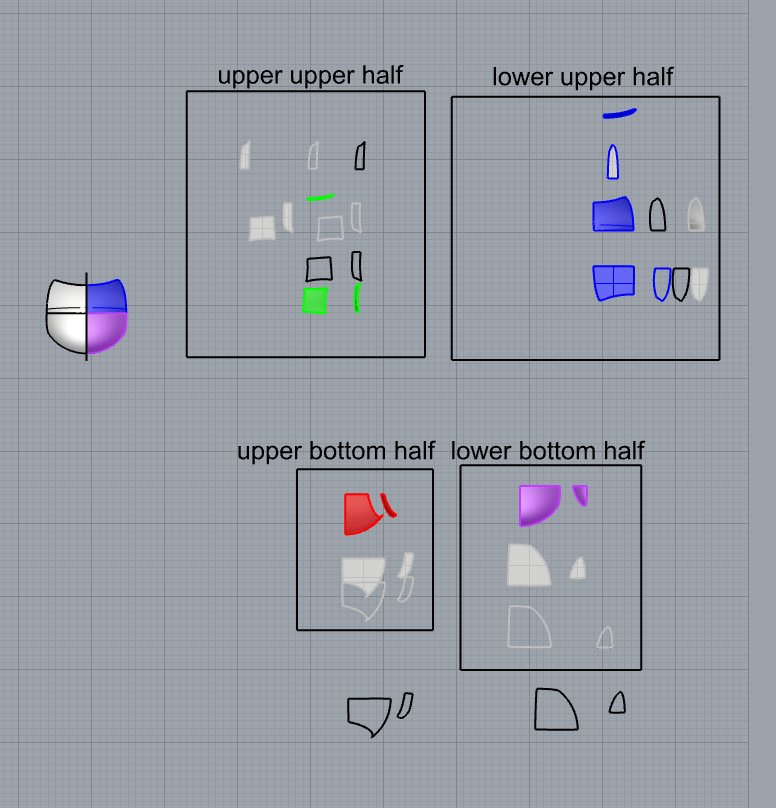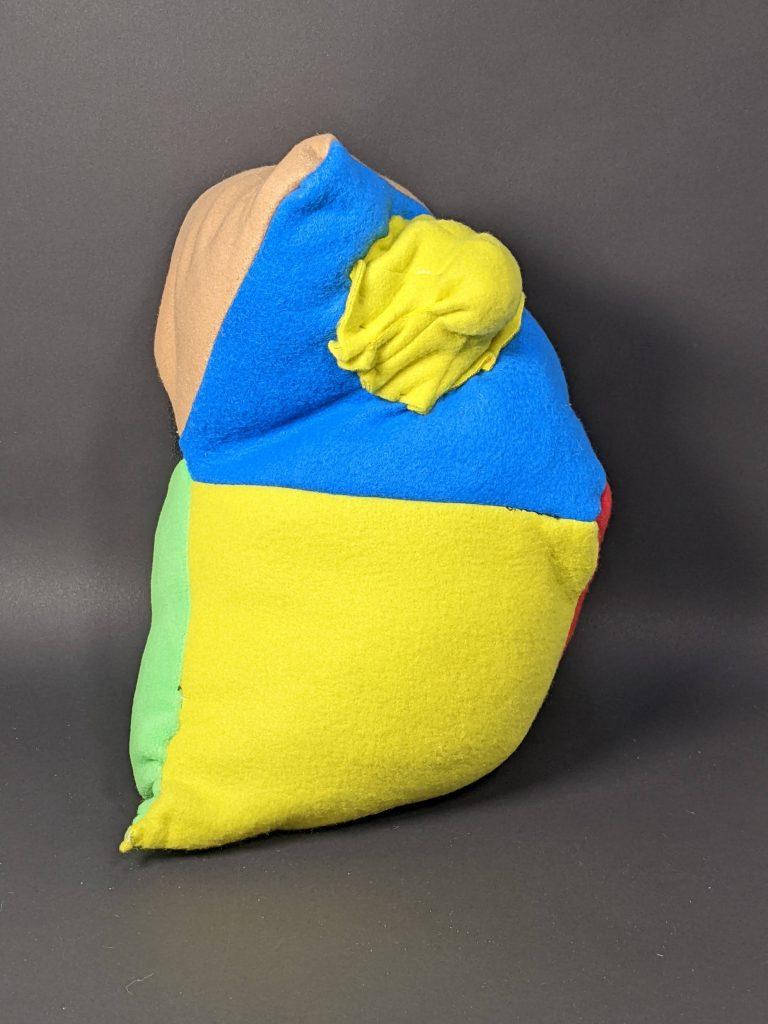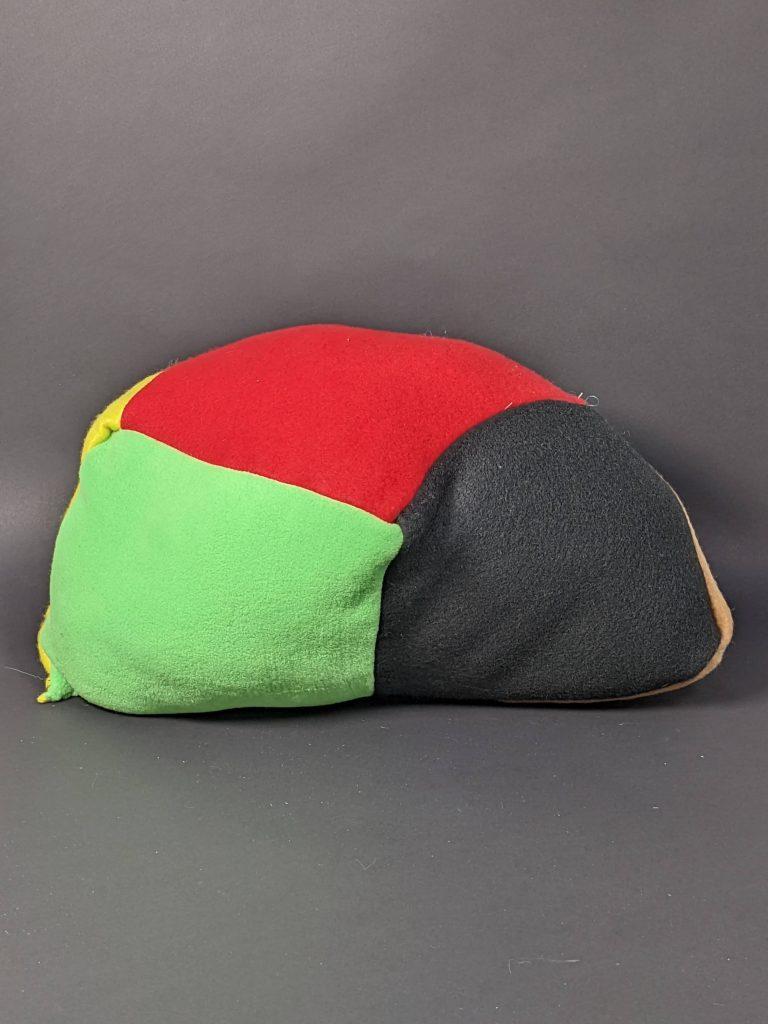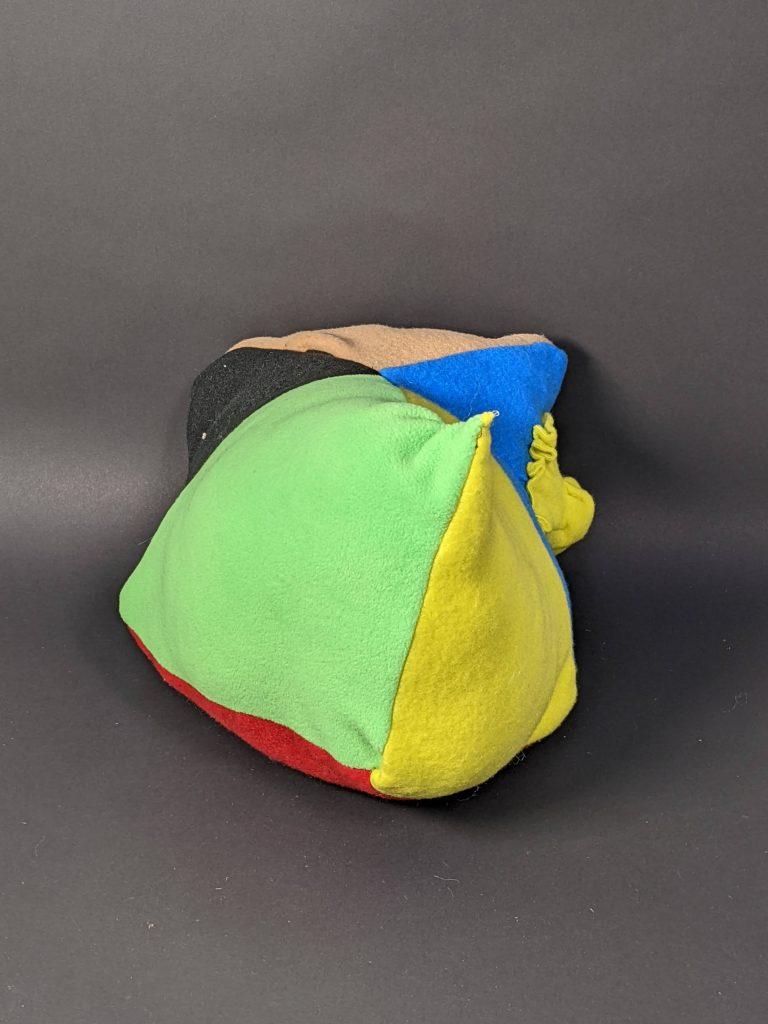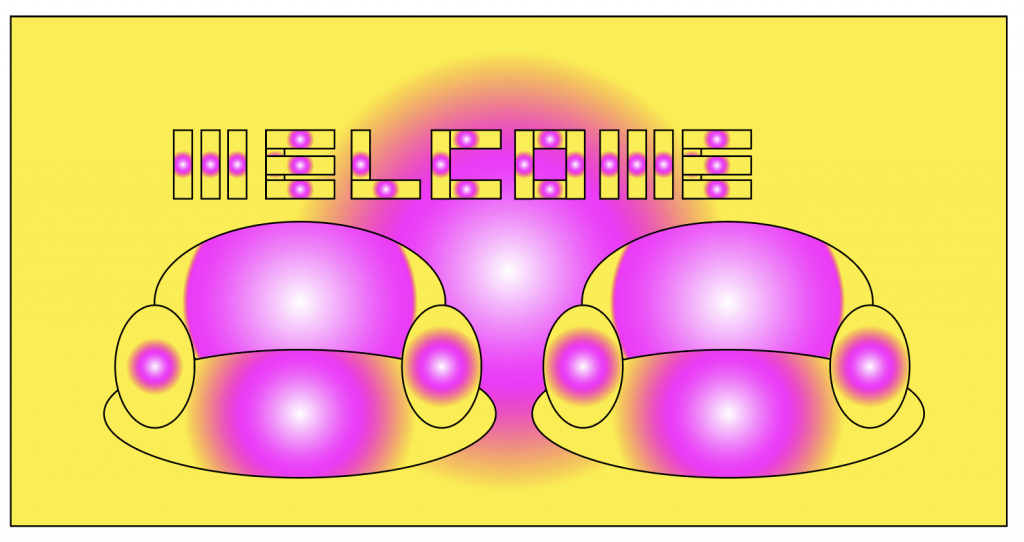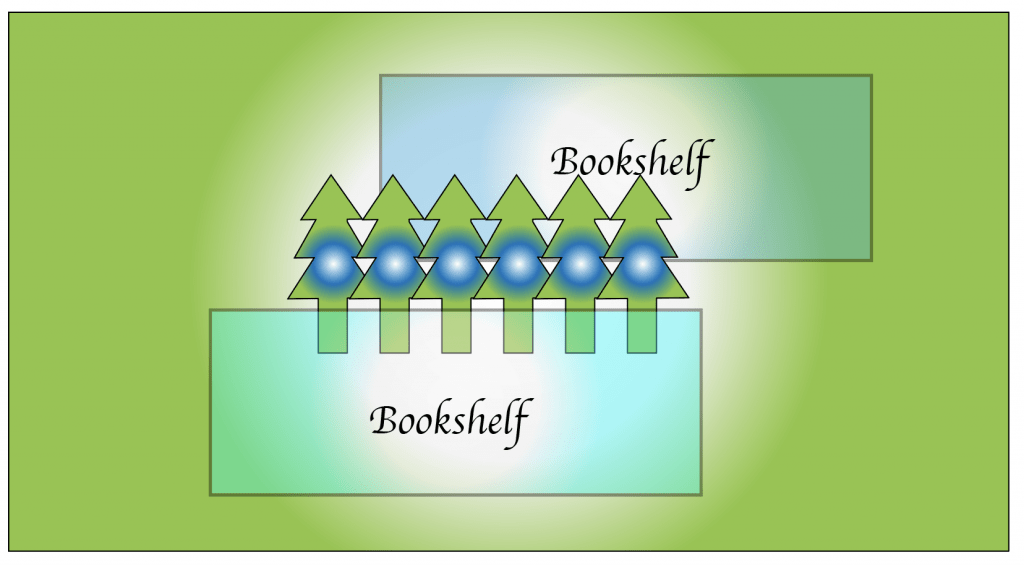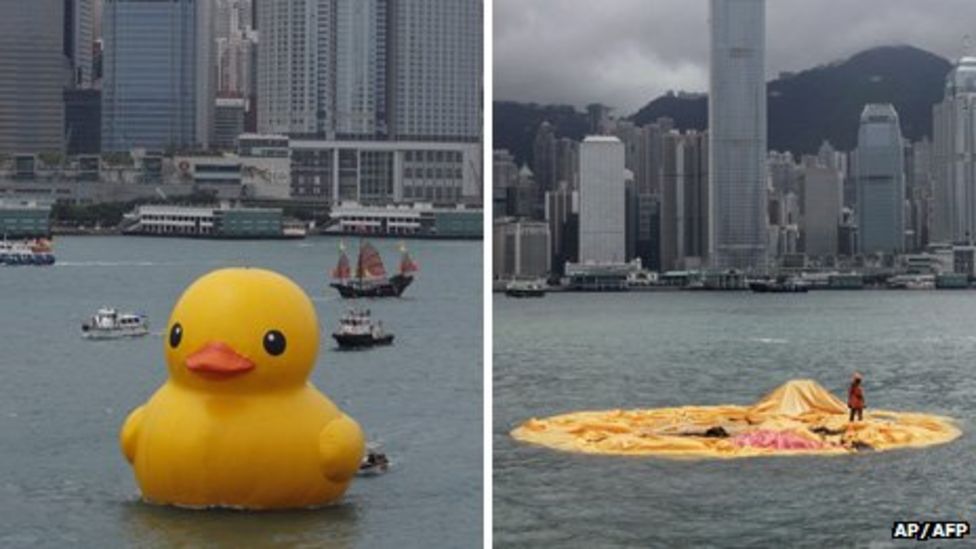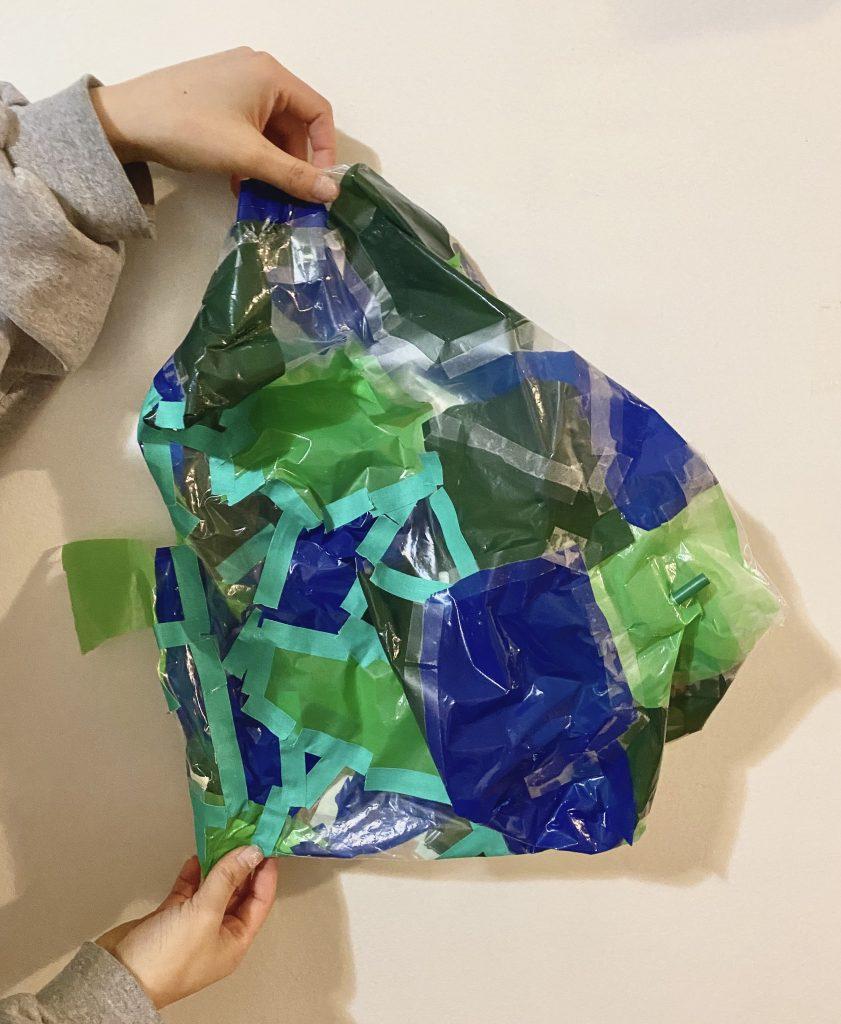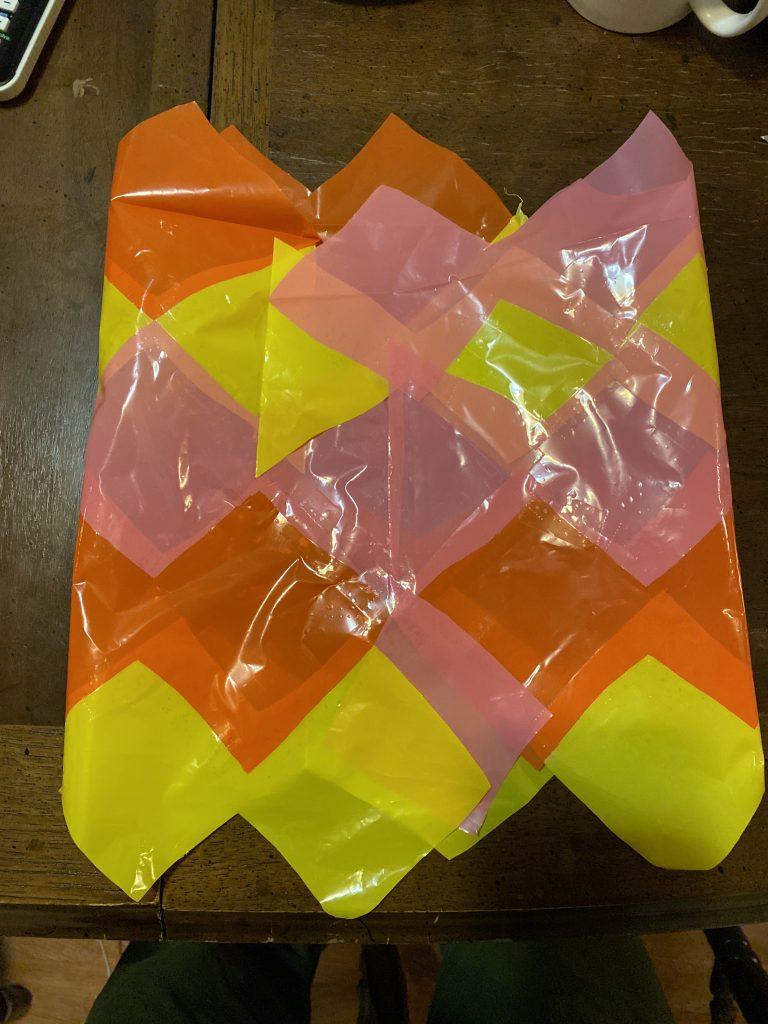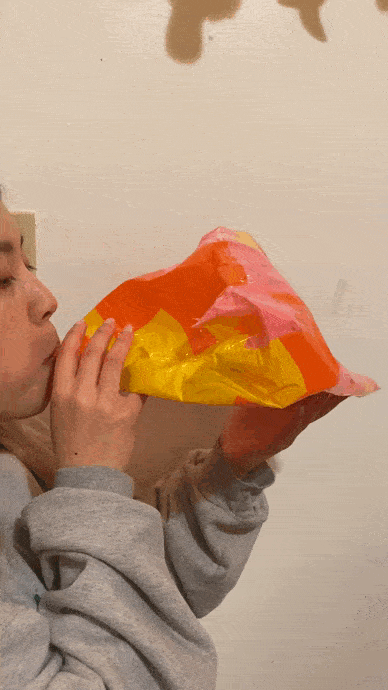Group Questions & Photos:
- Through scouring lots of inflatable inspo pics, Heejin gravitated towards the inflatable flower shapes so we decided to build around that idea and thought of shapes that could complement the flowers and gardenscape.
- In the beginning, we found flower inspo pictures. We mapped out where we wanted our objects to go. Started building some pieces and did a test inflation to see how they work out. Spent a day dyeing the fabric. Created a new layout with our pieces and did another test inflation. At the end, we had finished sewing u all our pieces and put them all together for the show! (Then, we had to change the layout again for the animators xp)
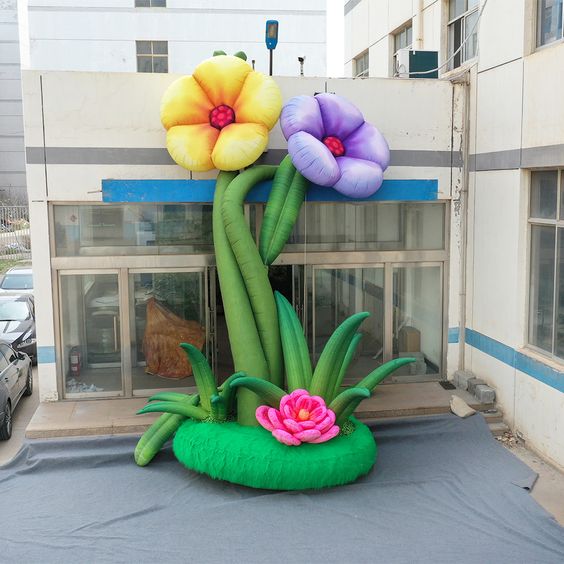
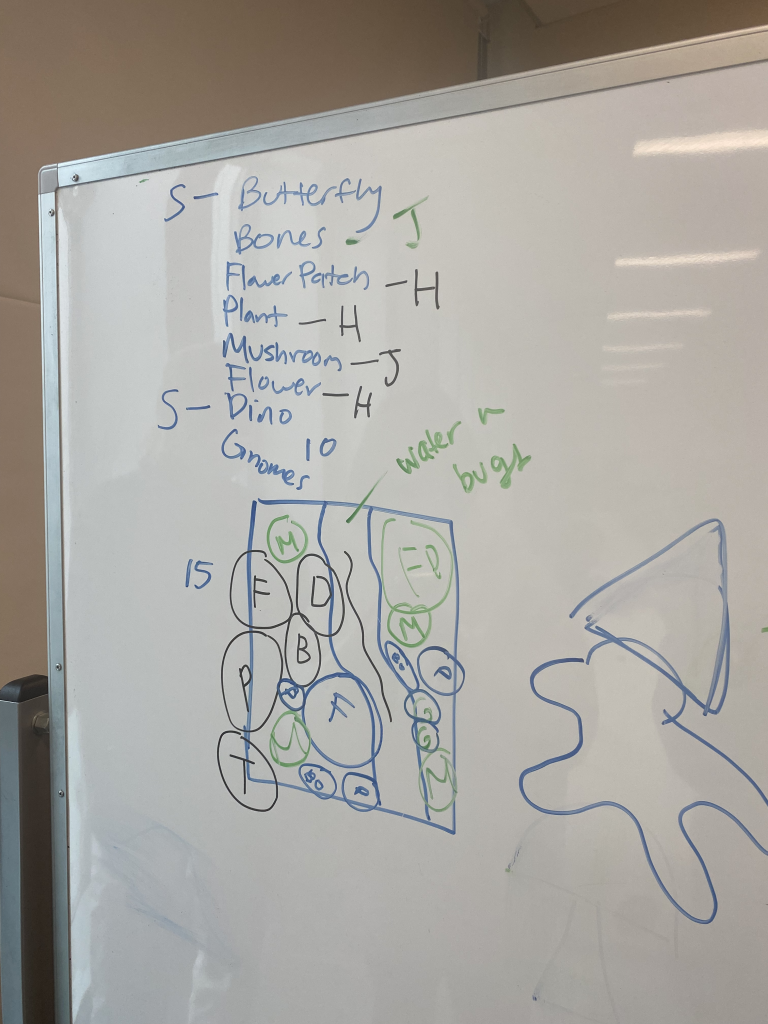
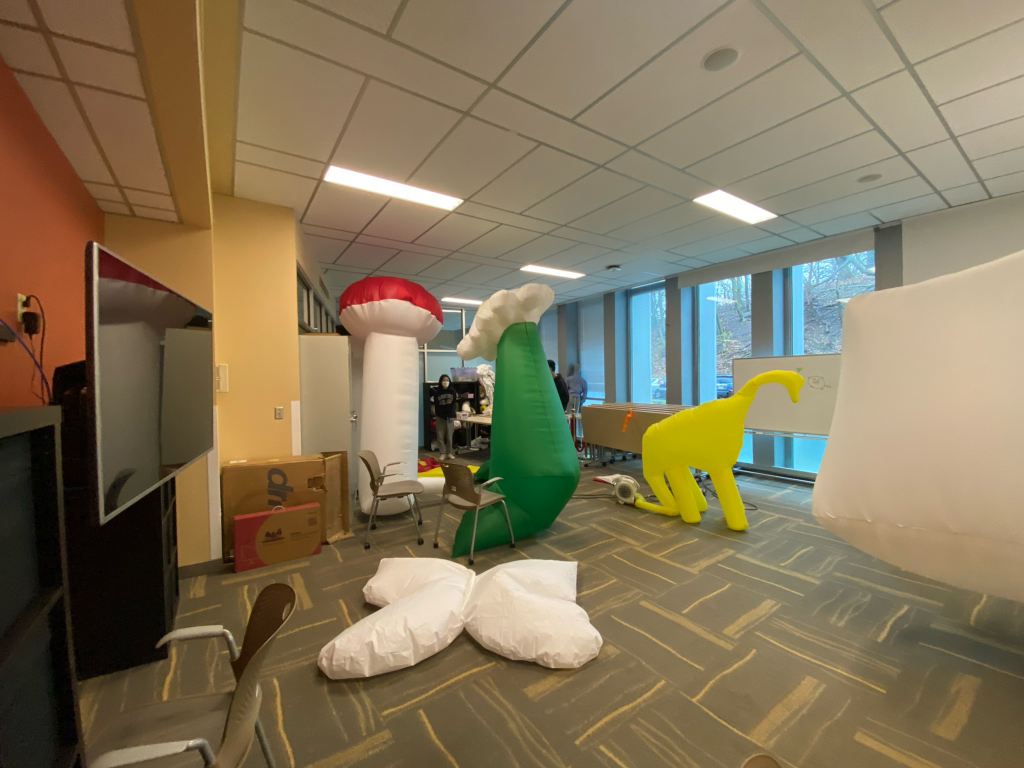
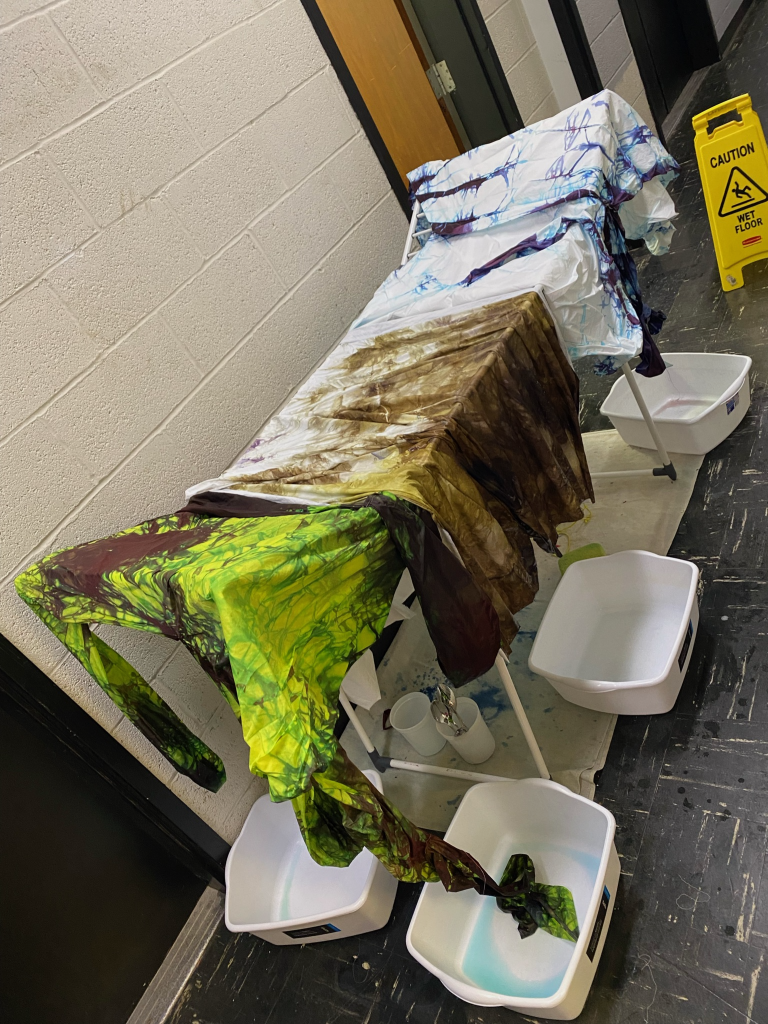
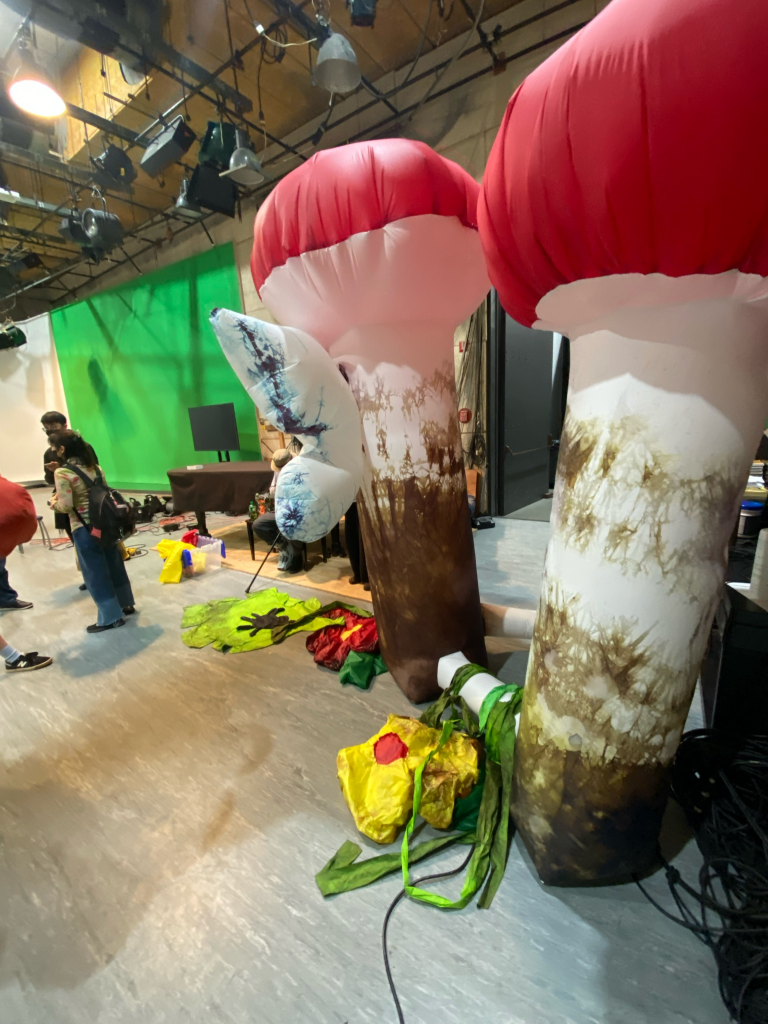
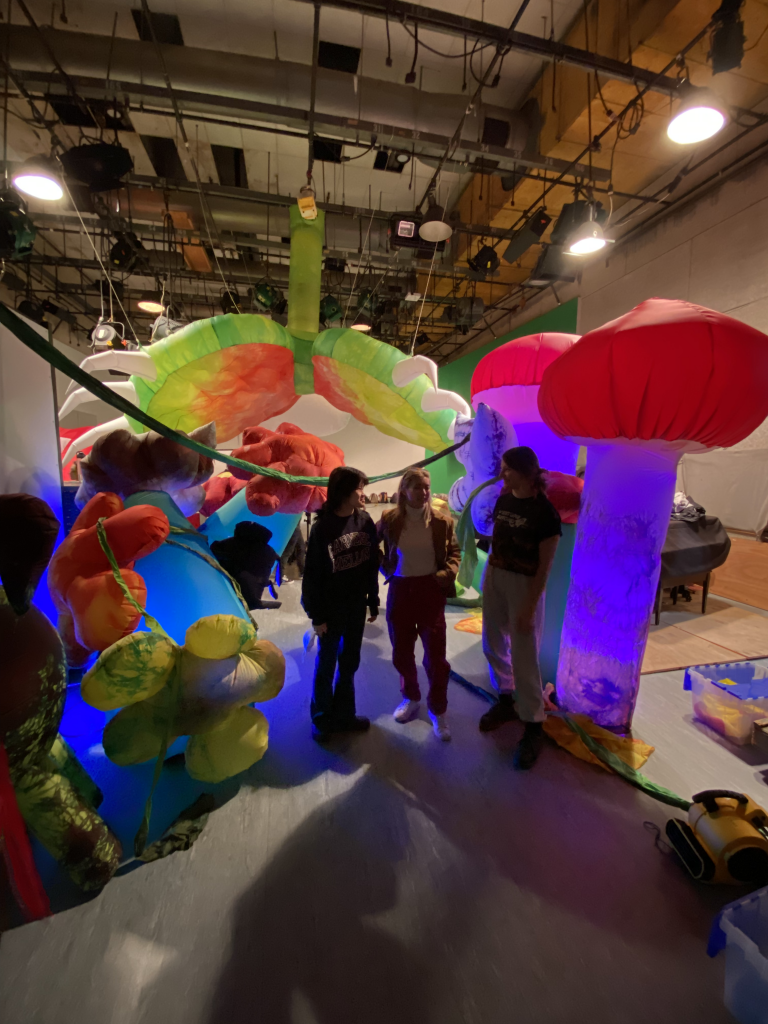
- One of the challenges we encountered was figuring out how to combine the pieces together in a way that was somewhat cohesive. To figure it out, we repeatedly did test inflations and moved around our placement a lot. This also helped understand where we needed to fill the gaps and make objects to fit into places. Since our project was very modular, we didn’t encounter too many challenges.
- The “happy accidents” occurred throughout the piece. We all had kind of wonky looking shapes because we decided against prototyping the pieces in Rhino, but I think it made the environment feel more cohesive because all the shapes were a little out of proportion and whimsical.
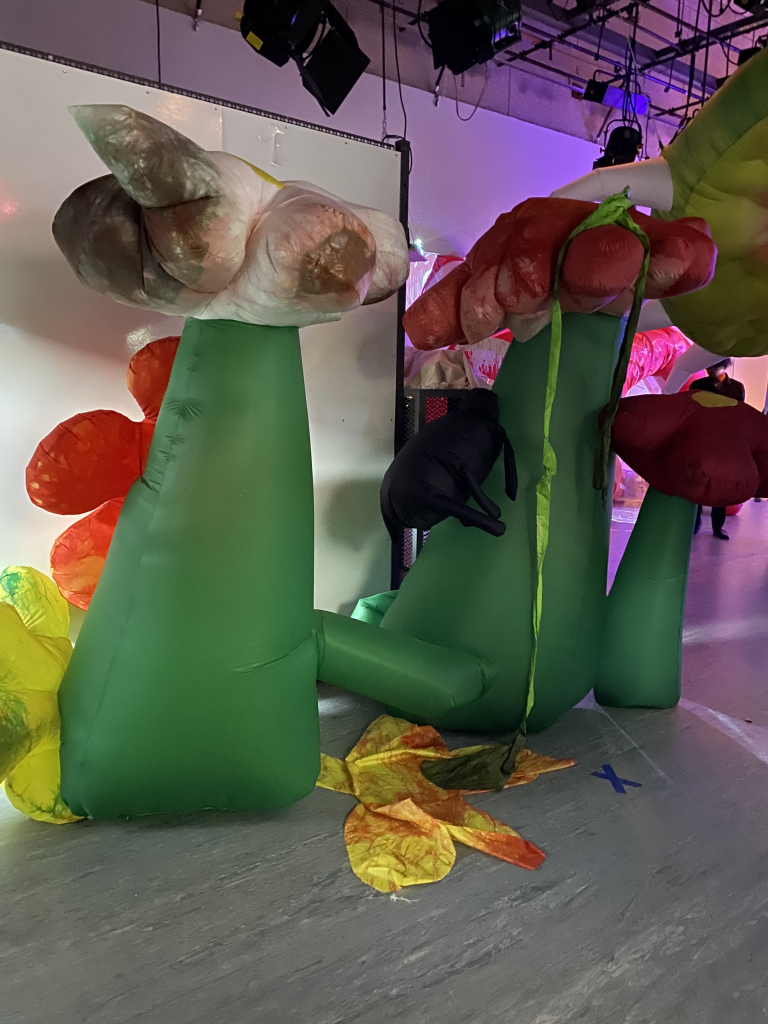


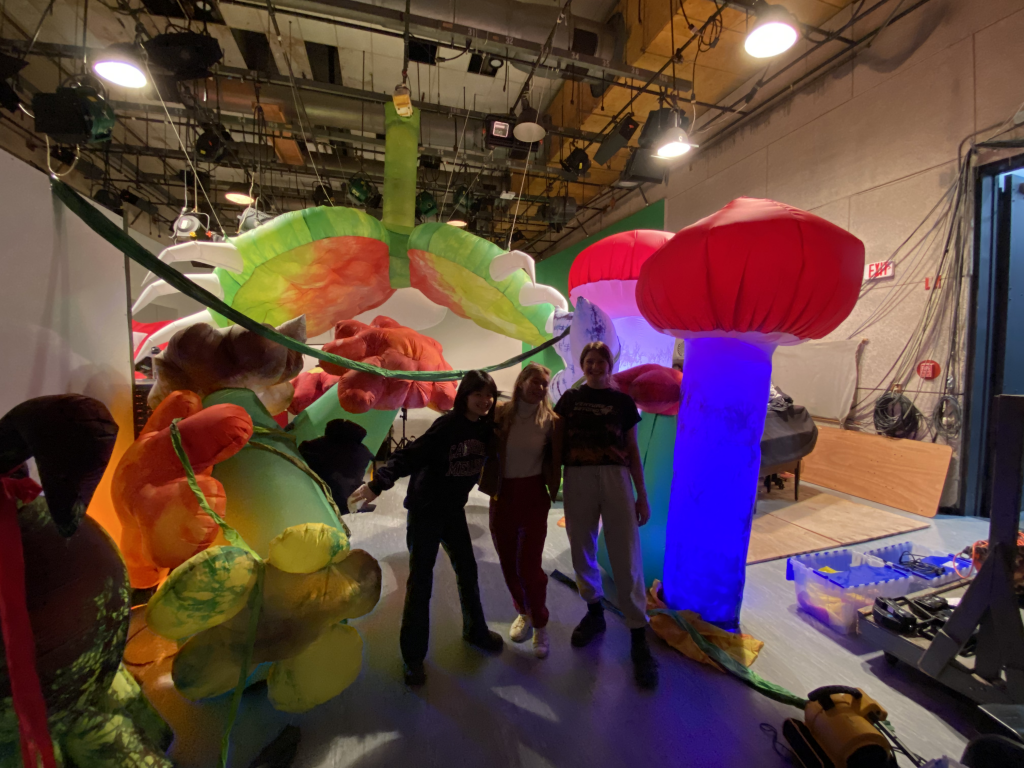
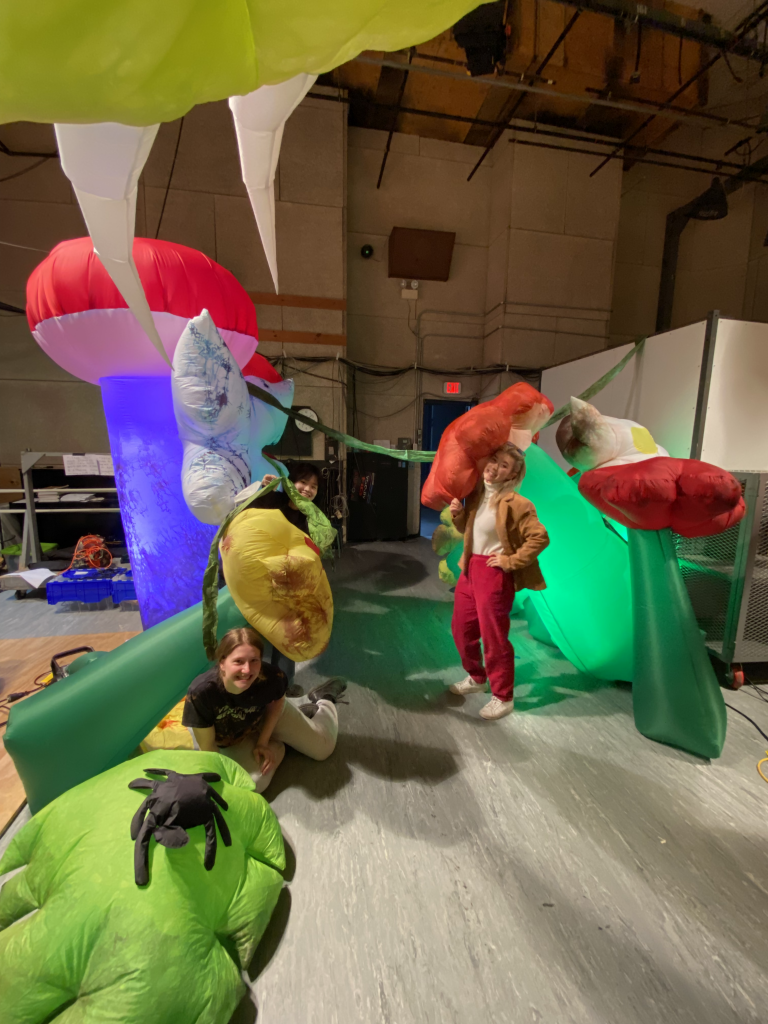
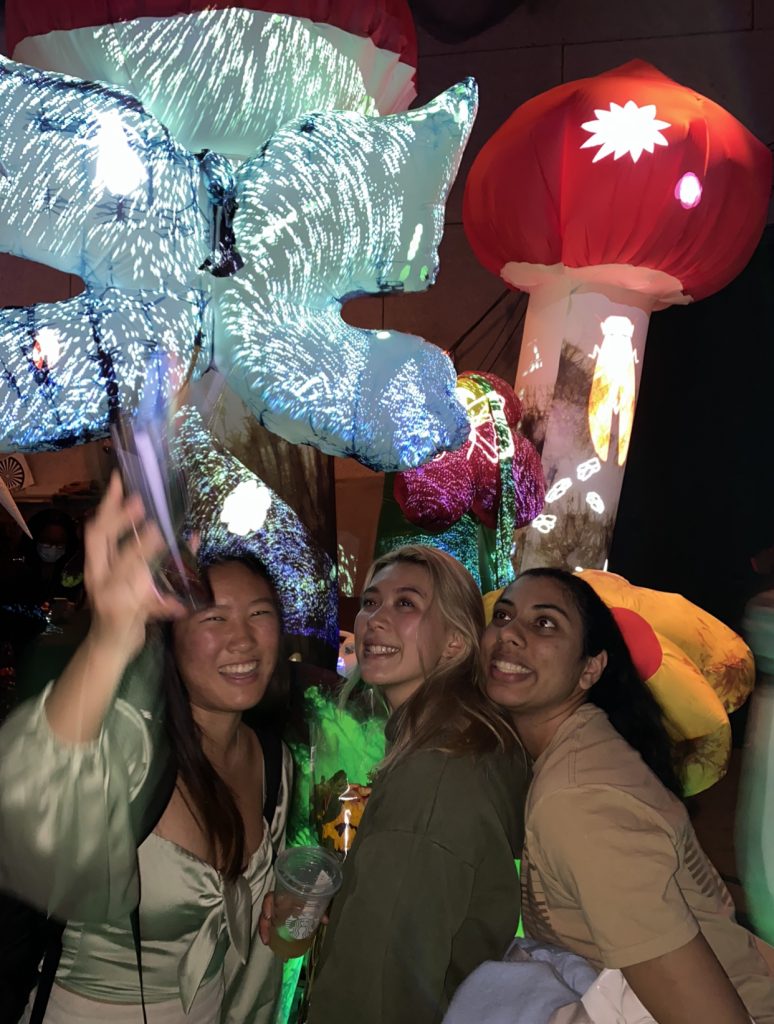
This project is an eclectic, psychedelic garden pathway with gargantuan flowers, mushrooms, and creatures. The projections are patterned light, bugs, and flowers that complement with the environment. The viewer feels very small in the space since the mushrooms and flowers span to 7 feet tall and give the viewer a wondrous experience.
Individual (Jules):
- I thought our dye job came out more successfully than I thought it would. I wasn’t sure if bundling the fabric and dyeing it would look bad, but I think it added a really interesting element to the project that made it seem much more complex than if it was a solid color.
- One of the challenges I encountered was making the mushroom cap more mushroom-like. In order to have the peak effect and the cap to form, I had to make a bunch of tiny pleats that was very exhausting and not fun. Before understanding the tiny pleats, I was making big pleats that did not look great
- Top three things are knowing how to sew, use the laser cutter, and CAD. I think also in general, just time management and how to delegate parts of things in collaboration.
- I think I observe that I can collaborate easily and I especially like to highlight other people’s skills in the creative process. I also observe that as long as someone is getting the work done, I don’t really care what small decisions or time management that someone is doing.
- I would advise future students to start their projects as early as possible and frontload budgeting as much time as possible.
Individual (Skylar):
I think the most successful aspect of our project was the chaotic and busy feel that our process and dye jobs gave it. We did originally intend to have it be chaotic and creepy, but we didn’t really plan how to do that. I think having each of us own different parts of it and come up with new ideas before we put everything together was a fun way to achieve this – I felt really able to still ideate and create new things fairly late into the project, and it was different every time we set it up, which I don’t think the other groups got to do. I really appreciated that as in general I’m not someone who wants to stick with a meticulous plan. I love being able to just figure things out on the go. I think the dyeing was also a great addition and I’m really glad we did it.
We encountered group communication challenges often because we were all working on different parts and didn’t really understand how they would all fit together, especially because we kept coming up with new things. I think at the end we just decided to work with what we had and embrace the changes. We also struggled with connecting pieces since there were so many of them and it got so confusing to turn them all inside out. But we just made it work.
- How to use sandbags
- How to work with people who do not have my same amount of experience with group projects (I always had the same amount as people in my major, and did most projects with them, so it got to be really easy to collaborate by the end because we all knew each other)
- How to use a walking foot and ripstop nylon (I want to make moreeee)
I think I can get frustrated when I feel like communication isn’t working but I like to think I feel comfortable letting people with different skills and experiences do what they are going to do without trying to micromanage.
I would tell people in the future to believe in themselves and not let mistakes get them too down.

